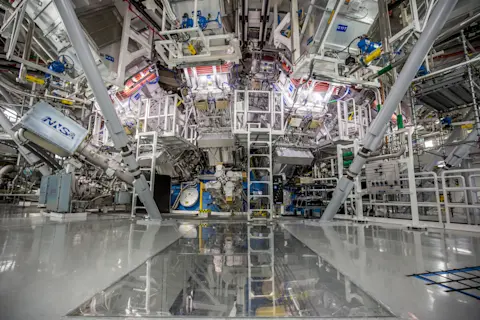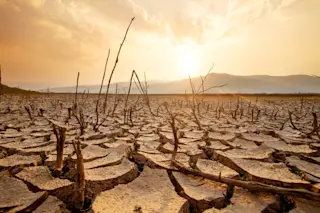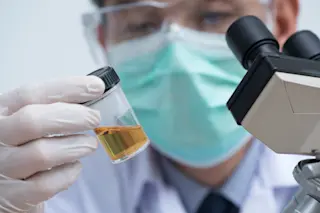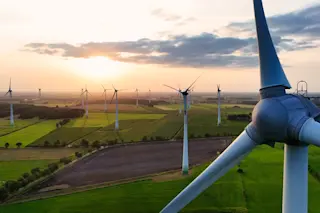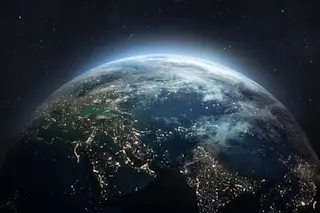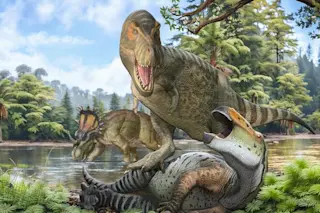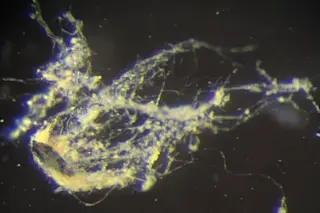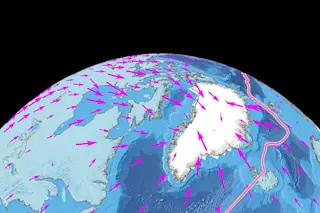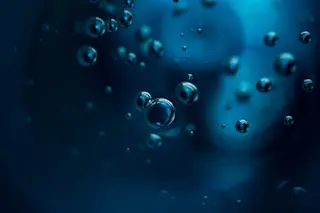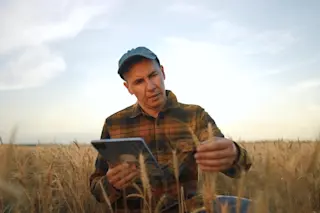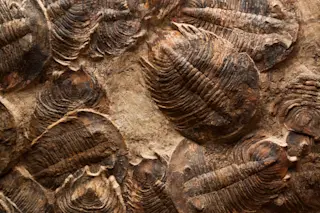On Dec. 13, 2022, the U.S. Department of Energy announced that scientists at the Lawrence Livermore National Laboratory’s National Ignition Facility (NIF) had made a major breakthrough in the pursuit of fusion energy. A team at NIF conducted the first controlled fusion experiment that produced more energy from fusion than the laser energy used to drive it, a condition known as ignition.
The team focused 2.05 megajoules of laser light onto a piece of fuel the size of a peppercorn. This resulted in an explosion producing 3.15 megajoules. That’s a small energy gain but a massive step in the field.
(Credit: Lawrence Livermore National Laboratory) The hohlraum that houses the type of cryogenic target used to achieve ignition on Dec. 5, 2022, at LLNL’s National Ignition Facility.
Lawrence Livermore National Laboratory
“This demonstrates it can be done,” U.S. Secretary of Energy Jennifer Granholm said at a press conference announcing the ...
